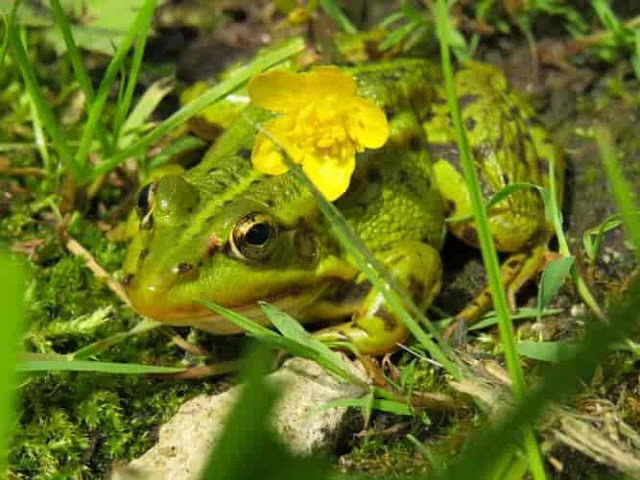6 Basic Animal Classes
They vary from spineless, easy invertebrates to complicated mammals
Animals—complex, multicellular organisms geared up with apprehensive structures and the capability to pursue or seize their food—can be divided into six huge categories. Here are the six most important animal groups, ranging from the easiest (the spineless invertebrates) to the most complicated (mammals, which can adapt to an extensive vary of habitats).The first animals to evolve, as some distance again as a billion years ago, invertebrates are characterized via their lack of backbones and inner skeletons as nicely as their rather easy anatomy and behavior, at least in contrast with these of most vertebrates. Today, invertebrates account for a whopping ninety-seven percentage of all animal species, a broadly various team that consists of insects, worms, arthropods, sponges, mollusks, octopuses, and endless different families.
The first actual vertebrates on Earth, fish advanced from invertebrate ancestors about five hundred million years in the past and have dominated the world's oceans, lakes, and rivers ever since. There are three fundamental kinds of fish: bony fish, which consists of such acquainted species as tuna and salmon; cartilaginous fish, which consists of sharks, rays, and skates; and jawless fish, a small household made up absolutely of hagfish and lampreys). Fish breathe the usage of gills and are outfitted with "lateral lines," interconnected networks of receptors alongside the head and physique that observe water currents and even electricity.
When the first amphibians advanced from their tetrapod ancestors four hundred million years ago, they shortly grew to become the dominant vertebrates on Earth. However, their reign wasn't destined to last; the frogs, toads, salamanders, and caecilians (legless amphibians) that make up this team have lengthy because been surpassed by using reptiles, birds, and mammals. Amphibians are characterized via their semi-aquatic existence (they have to continue to be close to our bodies of water to keep the moisture of their pores and skin and to lay eggs), and these days they are amongst the most endangered animals in the world.
Reptiles, like amphibians, make up a pretty small percentage of terrestrial animals, however, like dinosaurs, they dominated the Earth for over one hundred fifty million years. There are 4 simple sorts of reptiles: crocodiles and alligators; turtles and tortoises; snakes; and lizards. Reptiles are characterized by way of their cold-blooded metabolisms—they gasoline themselves with the aid of publicity to the sun—their scaly skin, and their leathery eggs, which they, not like amphibians, can lay some distance from our bodies of water.
Birds
Birds advanced from dinosaurs—not once, however possibly a couple of times—during the Mesozoic Era. Today they are via some distance the most prolific flying vertebrates, numbering 10,000 species throughout 30 separate orders. Birds are characterized with the aid of their coats of feathers, their warm-blooded metabolisms, their memorable songs (at least in positive species), and their capability to adapt to a huge vary of habitats—witness the ostriches of the Australian plains and the penguins of the Antarctic coastline.
Birds developed from dinosaurs—not once, however likely a couple of times—during the Mesozoic Era. Today they are through away the most prolific flying vertebrates, numbering 10,000 species throughout 30 separate orders. Birds are characterized using their coats of feathers, their warm-blooded metabolisms, their memorable songs (at least in positive species), and their capability to adapt to a large vary of habitats—witness the ostriches of the Australian plains and the penguins of the Antarctic coastline.
It's herbal for human beings to think about mammals the pinnacle of evolution. After all, human beings are mammals, and so have been our ancestors. But In fact, mammals are amongst the least numerous animal groups: There are solely about 5,000 species overall. Mammals are characterized through their hair or fur, which all species possess throughout some stage of their lifestyles cycles; the milk with which they suckle their young, and their warm-blooded metabolisms, which, as with birds, permits them to inhabit a broad vary of habitats, ranging from deserts to oceans to arctic tundra.
https://www.thoughtco.com/the-six-basic-animal-groups-4096604










No comments:
Write commentsThanks for comment.